A great creative partnership like the one between composer John Adams and director Peter Sellars can endure the occasional wobble. In his peerless autobiography Hallelujah Junction Adams is frank about the information overload in Sellars’ premiere production of the millennial opera-oratorio woven around the birth of Christ, El Niño. His semi-staging of its companion piece The Gospel According to the Other Mary seen at the Barbican last year was, on the other hand, so pure, focused and perfect within Sellars’ usual semaphoring bounds, that I feared the full works might unleash excess again. Not a bit of it: what we see is as lucid, mature, soul-piercing and still in its intensity when it needs to be as what we hear, a score which finds Adams moving on yet again in remarkable ways.
The temptation might have been to furnish an accompanying film again, this time of the lives of Mary – Magdalene and, when it suits the retelling of the myth, yet another Mary – and Martha, who run a women’s refuge and march with migrant workers in between participating in the Passion. Here, though, the “eternal present” is shared exclusively between six singers and four dancers as well as chorus; you quickly grasp that none of them is playing just one role. The physical and vocal fluidity is as haunting as the set by George Tsypin. Another artist who sometimes favours excess, Tsypin gives us only a space wide open despite metal fences and security cameras, crowned by a billowing tent and backed by a series of screens on which are projected, ever so discreetly, limbs and torsos. The lighting by Sellars regular James F Ingalls is perhaps the biggest miracle of all other than the music, including a representation of rosy-fingered dawn in the burial garden which is one of the most beautiful tableaux I’ve ever seen on a stage.
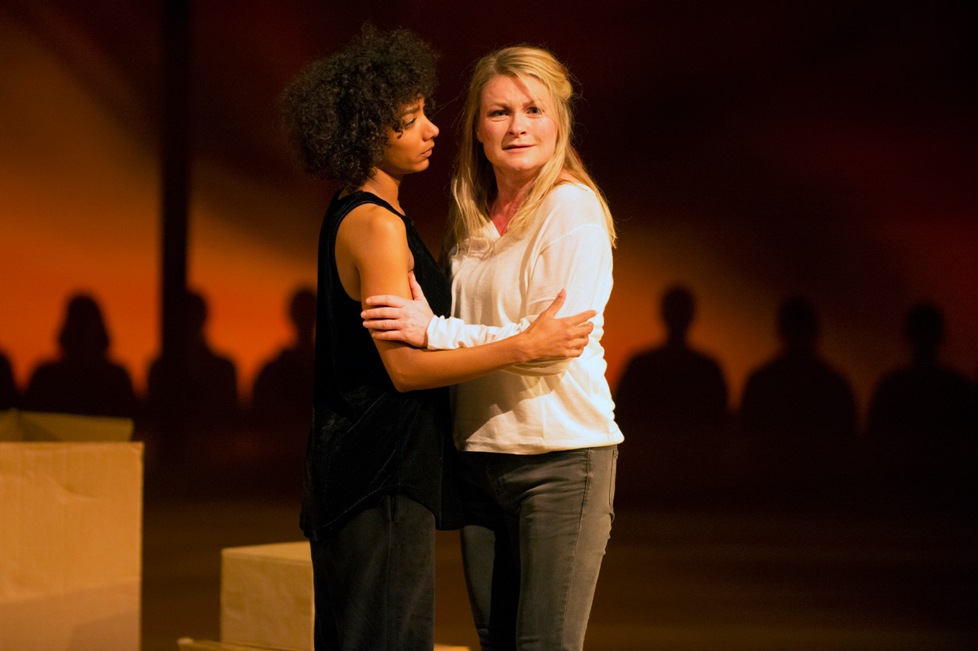 It also moves with the music’s fluctuation between oppressive, jabbing, rhythmically unstable violence and time frozen or dissolved in hypnotic or billowing sound canvasses. Under Joana Carneiro the ENO Orchestra has never sounded better. And - it shouldn’t need mentioning, but it’s still a rare enough occurrence - here’s the second fine woman conductor at English National Opera in a new production following on from the equal triumph of The Girl of the Golden West. It thrusts or whispers home Adams’s now-consummate art of orchestration fine-tuned to suit every situation, whether in growling low brass, gentle string rain or the many woodwind solos amplifying the singers’ statements, piercingly high oboe the most unforgettable.
It also moves with the music’s fluctuation between oppressive, jabbing, rhythmically unstable violence and time frozen or dissolved in hypnotic or billowing sound canvasses. Under Joana Carneiro the ENO Orchestra has never sounded better. And - it shouldn’t need mentioning, but it’s still a rare enough occurrence - here’s the second fine woman conductor at English National Opera in a new production following on from the equal triumph of The Girl of the Golden West. It thrusts or whispers home Adams’s now-consummate art of orchestration fine-tuned to suit every situation, whether in growling low brass, gentle string rain or the many woodwind solos amplifying the singers’ statements, piercingly high oboe the most unforgettable.
While I still lament the absence of Alice Goodman, supreme poet of Nixon in China and The Death of Klinghoffer, Sellars’ composite libretto works more often than not; some of the contemporary poetry sticks in the throat, but repetition often, oddly, enhances it. You can hear most of the words from a uniformly fine team of soloists (no high female or low male voices). Patricia Bardon (pictured above with dancer Stephanie Berge) is now the still but intense and compassionate centre, a mezzo verging on contralto good enough to stand comparison with Adams’ and Sellars’ late lamented muse Lorraine Hunt Lieberson; her companion is the even more extraordinary pure contralto Meredith Arwady. Heroic tenor anguish and energy pour, as in the Barbican concert performance, from Russell Thomas, and the countertenor trio which veers between joint Evangelical and other roles is once again the inseparable team of Daniel Bubeck, Brian Cummings and Nathan Medley.
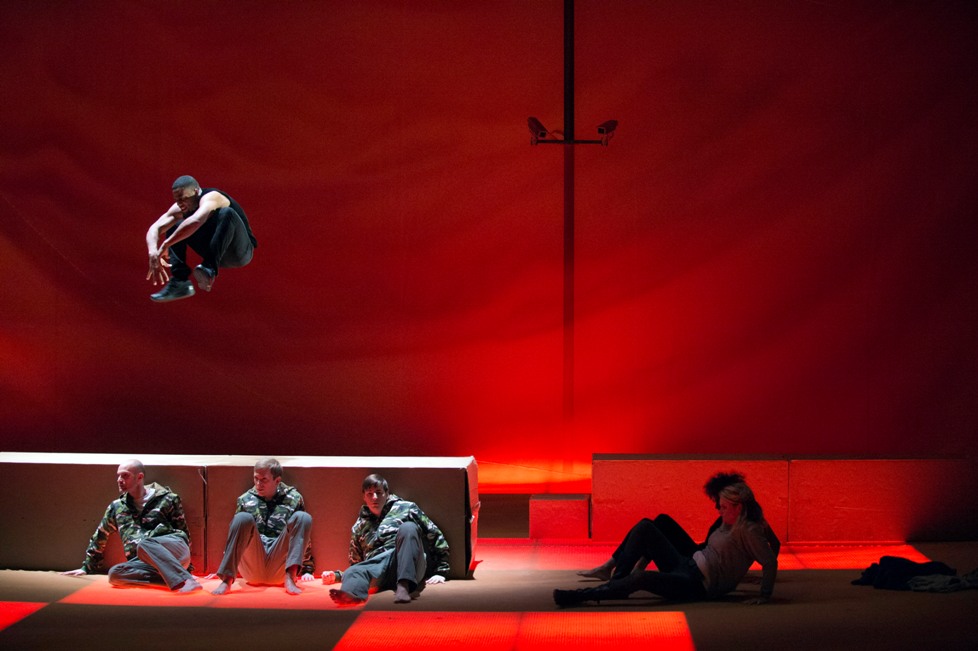
If the excellent ENO Chorus, getting their meatiest role since Peter Grimes, might not be quite as multi-racial as Sellars would like, the compensation comes in the dance quartet. The absolute revelation of the evening, apart from Ingalls’ lighting and the score if it’s new to you, comes from the phenomenal flex dancer Banks (what, no programme biography? I'd go to any one-man show this man might put on). He represents Lazarus’s wonder at his new life, which in my confusion with the staging of Colm Toibin’s The Testament of Mary and my scepticism at the miracle aspect of the New Testament I had hoped would yield to its impossibility and his second death, with tortured, visceral brilliance, proof that Adams writes the best, most startling dance music of any living composer. Later, in the earthquake before Christ’s reappearance in the garden, he flies (pictured above). But he can also be as quiet and careful in minimal movements as the other principals.
Musically, it’s an evening of pervasive, nearly unbearable tension. In the parallels between the first act’s raising of Lazarus and the second’s Crucifixion plus aftermath, Adams and Sellars let us off the hook to bring tears to our eyes towards the end of each half. In the first, it comes with the tenor’s magical incantation “this year in fear and shame, next year in strength and justice”, harmonies around it becoming consonant if only briefly. In the second, time stands still from the garden burial vigil through to a truly incandescent, visionary conclusion. “The chill of grace lies heavy on the morning grass”, as Chou En-Lai sings at the end of Nixon in China. The audience afterbuzz was palpable last night. Now it’s time for Sellars to complete an ENO triptych and revisit El Niño in his wisdom: next Christmas, insh’allah, in strength and justice.
- The Gospel According to the Other Mary at ENO until 5 December
- David Nice's blog on Adams' LSO concerts last year
Next page: an introduction to The Gospel According to the Other MarySellars, Adams and others introduce The Gospel According to the Other Mary









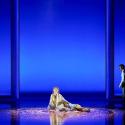


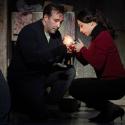

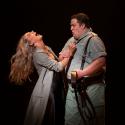
Add comment